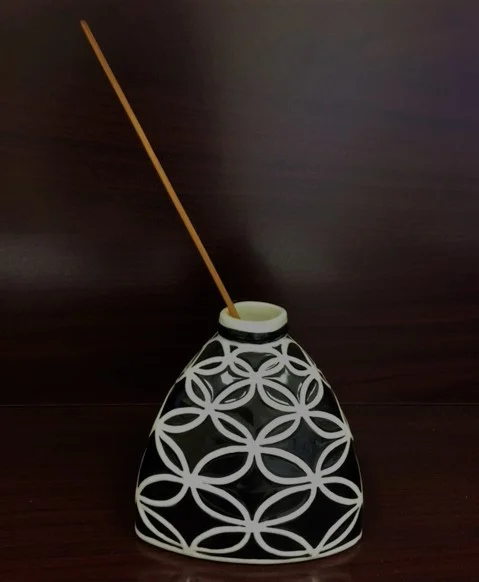Container Gardening Ideas!
Top 10 Container Gardening Tips
Container gardening is a fun and satisfying method for growing your favorite plants. Here are 10 simple container-gardening tips for your next gardening adventure.
1. Select a Pot
Most plants aren't fussy about the type of pot they grow in. All they want is enough space to spread their roots and a few good drainage holes to allow excess water to drain. Pots come in a variety of materials, such as terra-cotta, ceramic, wood, and plastic. All of them work equally well, although terra-cotta pots have a tendency to dry out faster than plastic or ceramic, so you'll need to water them more often.
2. Picking the Right Soil
Fill your containers with a quality commercial potting soil. Quality potting soil should include generous helpings of some of the following amendments: peat moss, compost, perlite, vermiculite, and/or rotted manure.
3. "Grow Your Own Salad" Container Garden.
Many people prefer to grow vegetables or herbs for their patio, porch, deck, or terrace. Enjoy an edible banquet by mixing a few of each type in the same pot. Strawberries and lettuce, for example, taste as good as they look and make great companions for sun-loving annual and perennial flowers.
4. Remembering Light Conditions
When selecting plants, read the plant tags before you buy so you know whether they grow best in sun or shade. You don't want to mix sun and shade-loving flowers in the same pot. Top annuals for sun include petunias, geraniums, calibrachoa, and verbena. Some good annuals for shade include begonia, caladium, impatiens, and Torenia. All vegetables and herbs need full sun.
5. Plant in Layers
For a gorgeous layered look, be sure to include a tall, showy plant (thriller), a bushy medium-size plant (filler), and a trailing blooming plant (spiller) in your containers. Select varieties that complement each other in color and leaf form, too.
6. Water Frequently
Container plants require more frequent watering than those growing directly in the garden. Water whenever the soil surface feels dry to the touch. This is especially important for hanging baskets that dry out faster because they are buffeted by the wind.
7. Fertilize Regularly
To keep flowers and vegetables in top shape all summer, you'll need to fertilize them. Some potting soils have slow-release fertilizer already mixed in, but it's still a good idea to add a few drops of liquid fertilizer every time you water. Flowers and vegetables are heavy feeders and will thrive with an extra dose of plant food.
8. Remove Faded Blooms
Annual and perennial flowers will look better when their old, faded blooms are removed. This process, called "deadheading," will encourage a whole new crop of flowers to form. On larger species, such as geraniums, simply clip away the dead flower heads with your fingers or pruning shears. For annuals with tiny flowers, such as sweet alyssum, shear back the entire plant by about 1/3 with scissors or lawn clippers.
9. Renew and Replace
Even with tender loving care, some annuals and perennials will begin to look tired by late summer. Instead of trying to revive them, carefully remove the plants from the pot and drop in one or two replacements to give your container a second life.
10. Clean Up Before Winter
Colder temperatures mean change for gardens. Once your annuals and vegetables have died, toss them on your compost pile and empty your containers. If you want to save any perennials or roses you have growing in containers, plant them directly in the garden now.
Use these Top 10 Tips to create your own wonderful container garden for your patio or terrace!






